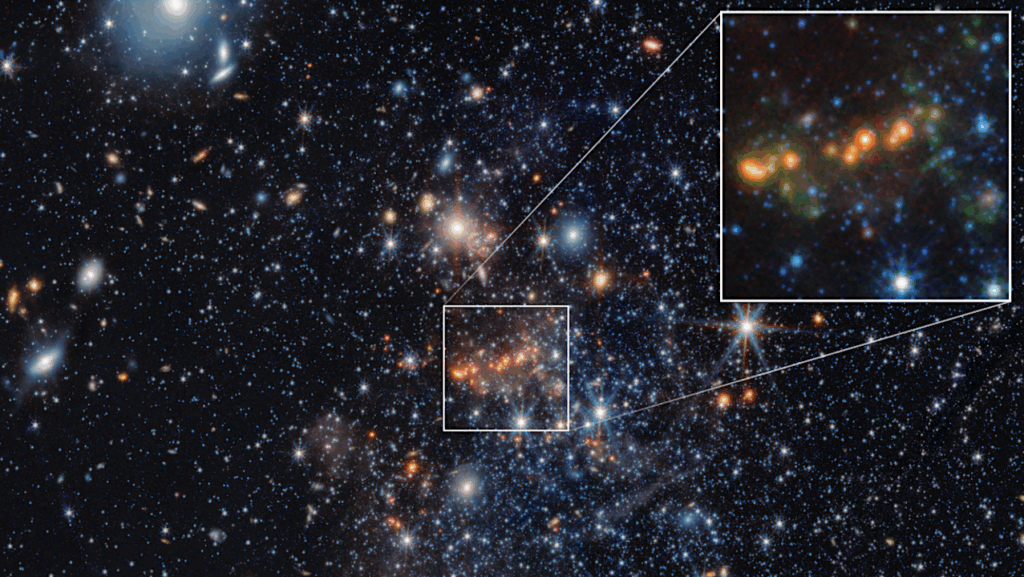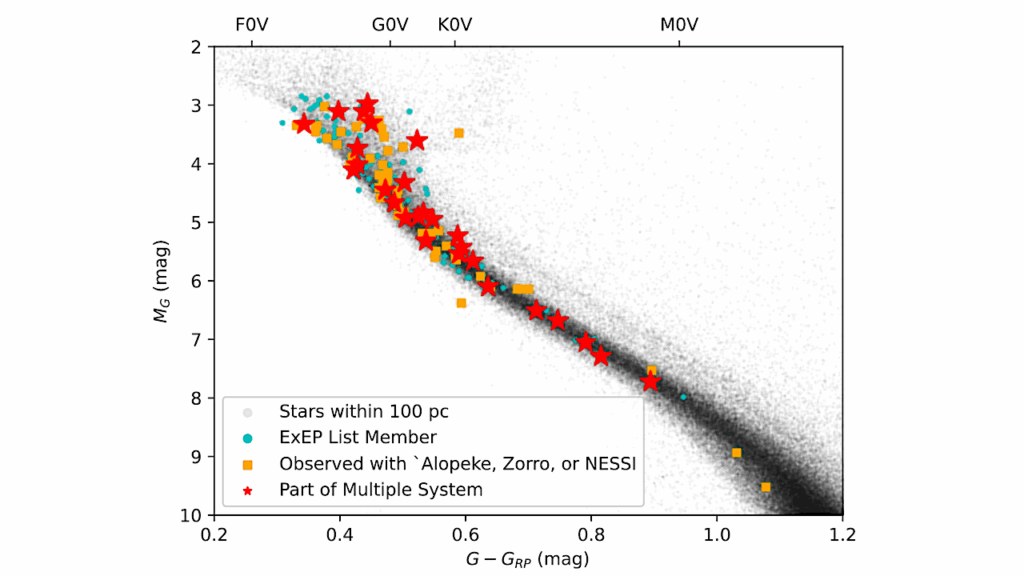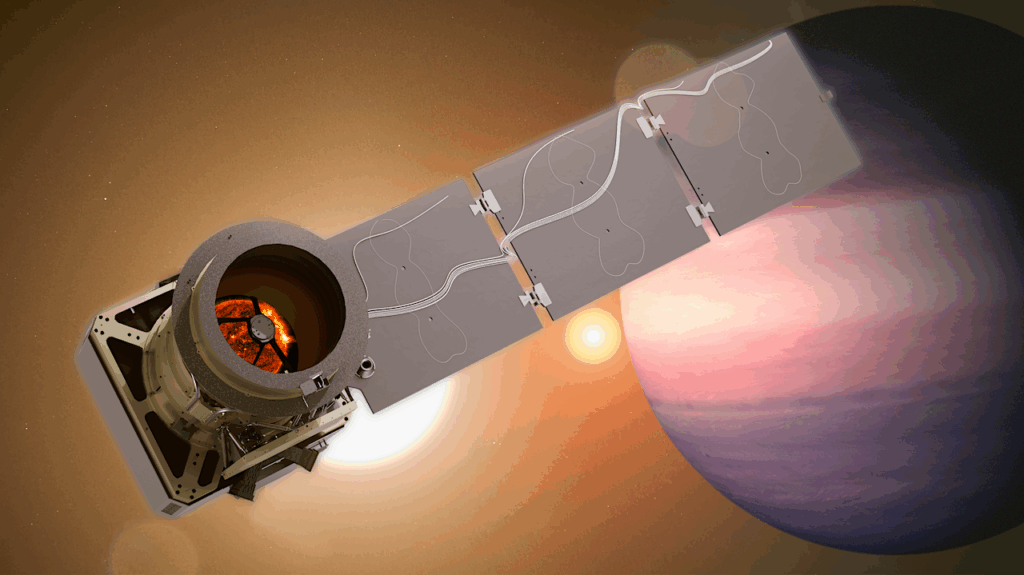Mapping The Surface Of Partially Cloudy Exoplanets Is Hard

Reflected light photometry of terrestrial exoplanets could reveal the presence of oceans and continents, hence placing direct constraints on the current and long-term habitability of these worlds.
Inferring the albedo map of a planet from its observed light curve is challenging because different maps may yield indistinguishable light curves. This degeneracy is aggravated by changing clouds. It has previously been suggested that disk-integrated photometry spanning multiple days could be combined to obtain a cloud-free surface map of an exoplanet.
We demonstrate this technique as part of a Bayesian retrieval by simultaneously fitting for the fixed surface map of a planet and the time-variable overlying clouds. We test this approach on synthetic data then apply it to real disk-integrated observations of the Earth. We find that eight days of continuous synthetic observations are sufficient to reconstruct a faithful low resolution surface albedo map, without needing to make assumptions about cloud physics.
For lightcurves with negligible photometric uncertainties, the minimal top-of-atmosphere albedo at a location is a good estimate of its surface albedo. When applied to observations from the Earth Polychromating Imaging Camera aboard the DSCOVR spacecraft, our approach removes only a small fraction of clouds.
We attribute this difficulty to the full-phase geometry of observations combined with the short correlation length for Earth clouds. For exoplanets with Earth-like climatology, it may be hard to do much better than a cloud-averaged map. We surmise that cloud removal will be most successful for exoplanets imaged near quarter phase that harbour large cloud systems.
Lucas Teinturier, Nicholas Vieira, Elisa Jacquet, Juliette Geoffrion, Youssef Bestavros, Dylan Keating, Nicolas B. Cowan
Comments: 9 pages, 3 figures To be published in MNRAS
Subjects: Earth and Planetary Astrophysics (astro-ph.EP); Instrumentation and Methods for Astrophysics (astro-ph.IM)
Cite as: arXiv:2201.00825 [astro-ph.EP] (or arXiv:2201.00825v1 [astro-ph.EP] for this version)
Submission history
From: Lucas Teinturier Mr
[v1] Mon, 3 Jan 2022 19:00:02 UTC (709 KB)
https://arxiv.org/abs/2201.00825
Astrobiology,








